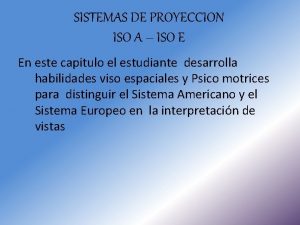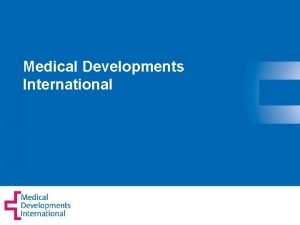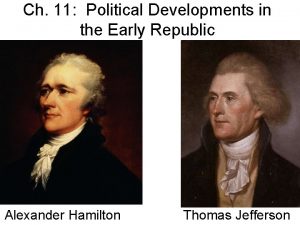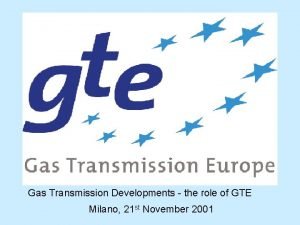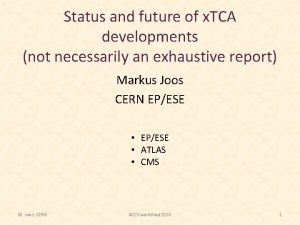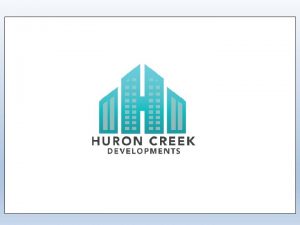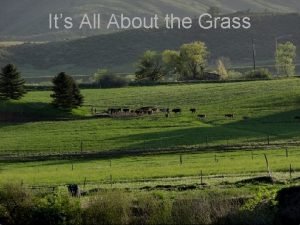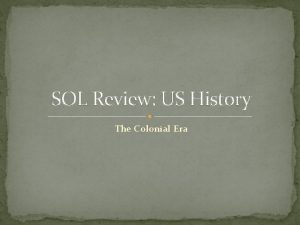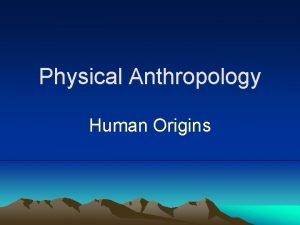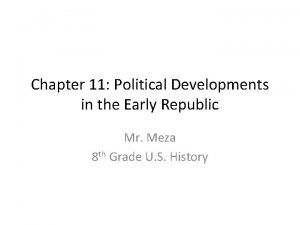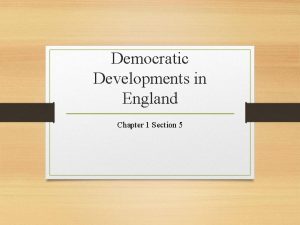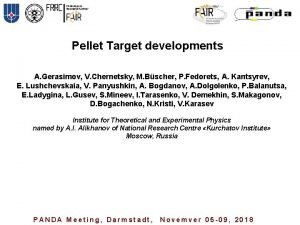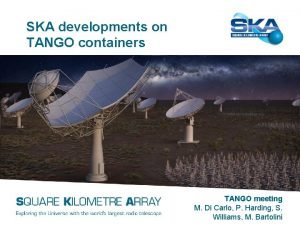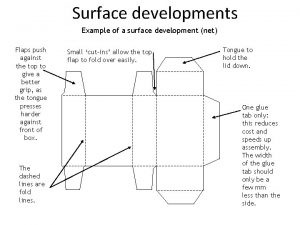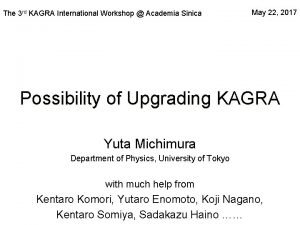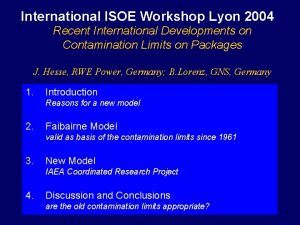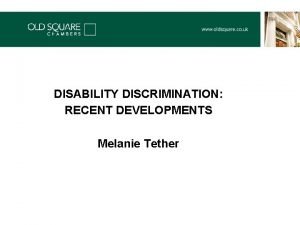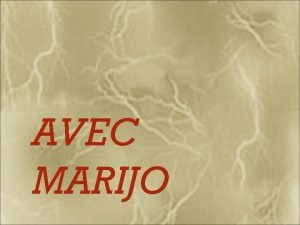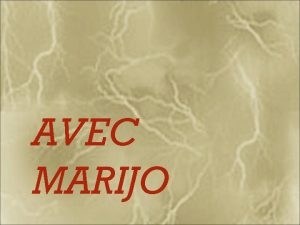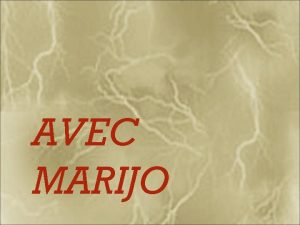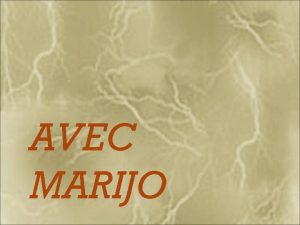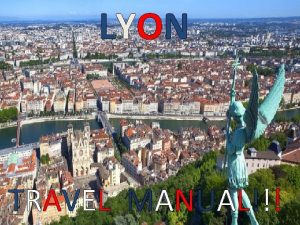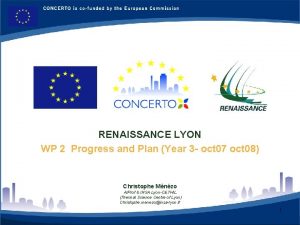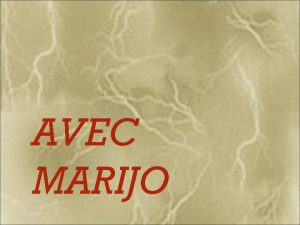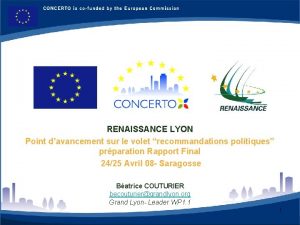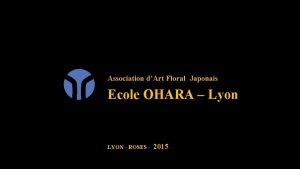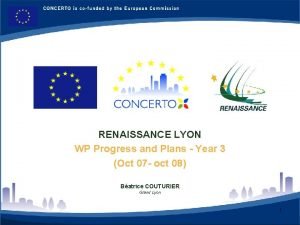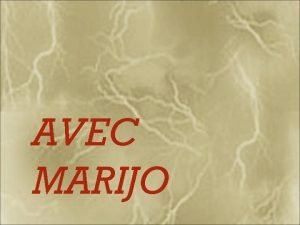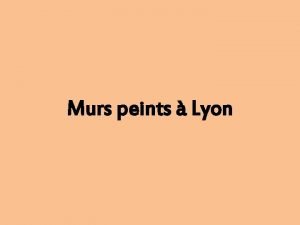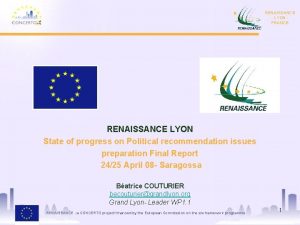International ISOE Workshop Lyon 2004 Recent International Developments






















- Slides: 22

International ISOE Workshop Lyon 2004 Recent International Developments on Contamination Limits on Packages J. Hesse, RWE Power, Germany; B. Lorenz, GNS, Germany 1. Introduction Reasons for a new model 2. Faibairne Model valid as basis of the contamination limits since 1961 3. New Model IAEA Coordinated Research Project 4. Discussion and Conclusions are the old contamination limits appropriate?

The Outcome of the Contamination Affair • Loss of trust in the nuclear industry, no transport of spent fuel in Europe for a certain time, in Germany from 1998 until 2001. • However, none of the contamination findings led to any remarkable dose • Are the actual contamination limits really appropriate?

IAEA CRP on Radiological Aspects of Package and Conveyance Non-Fixed Contamination B. Lorenz, GNS Gmb. H J. Hesse, RWE Power AG, M. Holl, Kernkraftwerk Mülheim. Kärlich, RWE Power AG W. Schwarz, Kernkraftwerke Isar, E. ON Kernkraft Gmb. H S. Thierfeldt, Brenk Systemplanung Gmb. H,

2. The Fairbairne Model Basis of our actual limits of 4 Bq/cm² and 0. 4 Bq/cm² (alpha emitters); developed in 1961 How had the actual limits been derived? • “most hazardous radioisotopes in common use”: Pu 239, Ra 226, Sr 90. • “very dusty operations” with a resuspension factor of 4 10‑ 5 m‑ 1 • 2000 hours per year working in that “dusty” atmosphere • taking into account skin contamination and inhalation only • 50 m. Sv/a as basis for deriving the contamination limits • no considerations of the doses of members of the public

3. Steps on the way to a new model

General Modelling Requirements world wide transport in all countries all kinds of packages realistic, representative, conservative direct modelling objective: derived limits 8

Package Type Parameter 1

Transport Steps and Workers assigned to Tasks (1) Main Step 1. Final Inspection of Package 2. Loading onto conveyance Action Persons involved SM SR LR FF A A 1. 2 Dose rate meas. A A 1. 3 Contamination measurement (final meas. ) A A 1. 4 Labelling of package A A C BC BC B 2. 3 Dose rate meas. at conveyance AC AC A A 2. 4 Contamination meas. of conveyance AC AC A A 2. 5 Placarding of conveyance AC AC A A C C C C no no 3. 1 b Movement, public, air no no 3. 1 c Movement, public, sea no no 3. 3 Regular stops no no 1. 1 Visual inspection 2. 1 Transfer from site to conveyance Personnel 2. 2 Fastening, loading, lifting and fixing 3. Movement phase Workers 3. 1 Movement (with packages) Personnel 3. 2 Unforeseen interruptions 3. 1 a Movement, public, road/rail Public

Transport Steps and Workers assigned to Tasks (2) Main Step 4. Transfers during transport Action Persons involve d Workers SM SR LR FF no F H H F F FG FG 4. 2. 1 transfer, loading, fixing F F FG FG 4. 2. 2 dose rate meas. at conveyance F F H H 4. 2. 3 contamination meas. of coveyance F F H H 4. 2. 4 placarding of conveyance F F 4. 1 Unloading (incl. sub-steps) from conv. #1 4. 1. 1 dose rate & contam. meas. 4. 1. 2 unfixing, fastening, lifting Personnel Public 4. 2 Loading (incl. sub-steps) on conv. #2 5. Receiving inspection and unloading 4. 3 Regular stops Public no no 5. 1 Visual inspection of load Personnel T T 5. 2 Dose rate meas. conveyance no no no T 5. 3 Unfixing, fastening, lifting, unloading C CU CU U 5. 4 Transfer from conveyance to consignee C CU CU U 5. 5 Dose rate measurement package T T 5. 6 Contamination meas. package no T T T 5. 7 Contamination meas. empty conveyance no no T T 1

The Model - Personnel (1) General Parameters • Enveloping conditions used – high percentage of workday spent with packages – large number of packages

Exposure Pathways • External irradiation – from the removable surface contamination – not by the contents of the package • Inhalation of radioactive aerosols – re-suspended from the contaminated surface • Ingestion – via a hand-to-mouth pathway • Skin contamination – resulting from direct skin contact with the contaminated surface.

Detailed Parameters Example workers: Step 1. 1 Example public: Step 3

Results - Example of Spreadsheet Calculation - Co 60 Nuclide name results for external exp. results for inhalation results for ground shine workers involved summation working time other dose contributions model steps person grand total on dose total on work time correcttime ed dose derived transport level 2

Results (2) Overview Contamination levels derived from 2 m. Sv/a for workers, 0. 3 m. Sv/a for general public Doses are determined by worker scenarios Leading scenarios for package types are SM, SR

4. Discussion and Conclusions Sample results dose criteria 6 m. Sv/a 2 m. Sv/a contamination • Co-60 Bq/cm² 324 Bq/cm² 108 • Cs-137 849 283 • Sr-90 648 216 • Ra-226 6, 6 2, 2 • Pu-239 1, 2 0, 4 • Fe-55 56 000 19 000 • The results depend strongly on the radionuclide • Even derived from a constraint of 2 m. Sv/a we get values much higher than 4 Bq/cm² for radionuclides of importance in practice Note: Fairbairne derived the actual limit from 50 m. Sv/a. This would mean 2 700 Bq/cm² for Co-60.

Optimum 2

Annual doses due to 4 Bq/cm² the most exposed workers Small manual Small remote Large remote Fuel Flask Co-60 73 µSv/a 74 µSv/a 33 µSv/a 25 µSv/a Cs-137 28 µSv/a 18 µSv/a 16 µSv/a a member of the public Small manual Small remote Large remote Fuel flask Co-60 0, 011 µSv/a 0, 092 µSv/a 0, 375 µSv/a 0, 197. µSv/a Cs-137 0, 003 µSv/a 0, 024 µSv/a 0, 092 µSv/a 0, 048 µSv/a calculated with the assumption that the entire surface of all packages is contaminated up to 4 Bq/cm²

Comparision of doses for fuel flasks Potential dose due to contamination of 4 Bq/cm² assumed 125 flasks/a 4 Bq/cm² 25 µSv/a 0. 2 µSv/flask Real doses due to the measures to ensure compliance with 4 Bq/cm²: ~ 1 m. Sv/(flask*person) German NPPs This is no optimum!

New Limits ? ? ? When setting new limits also other arguments have to be taken into account: • • A reached level of cleanliness should not be given up without reason. The dose due to contamination should be only a part of the dose for the whole process. The contamination limits for transports should be in compliance with the contamination limits in the receiving facilities. New contamination limits must be justifiable also in a political debate with the public

Final conclusion The new international model of the IAEA CRP suggests • to chose the new model as basis for the contamination limits. • to change to a radionuclidspecific limitation • to use an appropriate constraint (e. g. 2 m. Sv/a) for the derivation of the limits

However……. .

Life could be so beautiful . . . if everybody had the same opinion.
 Recent developments in ict
Recent developments in ict Recent developments in object detection
Recent developments in object detection Iso e simbolo
Iso e simbolo Medical developments international penthrox
Medical developments international penthrox Explain the recent trends of india's foreign trade
Explain the recent trends of india's foreign trade Sequence pattern of development example
Sequence pattern of development example Political developments in the early republic
Political developments in the early republic Name
Name Transmission developments
Transmission developments Asis atca
Asis atca Huron creek developments reviews
Huron creek developments reviews American grassfed association standards
American grassfed association standards In the colonial era developments such as the new england
In the colonial era developments such as the new england Sahelanthropus tchadensis cultural development brainly
Sahelanthropus tchadensis cultural development brainly Democratic developments in england
Democratic developments in england Political developments in the early republic
Political developments in the early republic How did parliament emerged victorious in medieval england
How did parliament emerged victorious in medieval england Target developments
Target developments Peter rosenwald
Peter rosenwald Cplim
Cplim Netflaps
Netflaps What method is used for pattern development of a cylinder
What method is used for pattern development of a cylinder Kagra international workshop
Kagra international workshop


